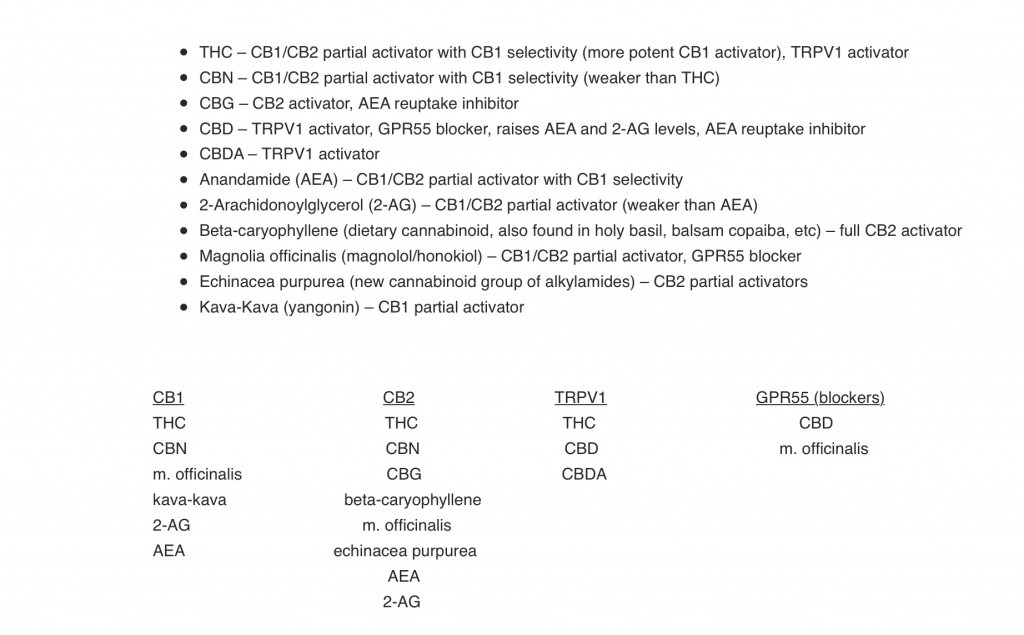- Thread starter
- #2,421
Kingston, the decarb test my husband and I did was with an 80% indica. Vaping the shorter decarb almost felt like nothing just something to relax with but the longer decarbed stuff hit me much harder and actually gave me more of a couchlock high.
HashGirl, did your husband try it? If so, what effects did he note that were different from yours?




 At the time it made me curious and I asked Cajun about it. He didn't respond, and that didn't surprise me. Lol! This exchange explains those questions I had.
At the time it made me curious and I asked Cajun about it. He didn't respond, and that didn't surprise me. Lol! This exchange explains those questions I had.



